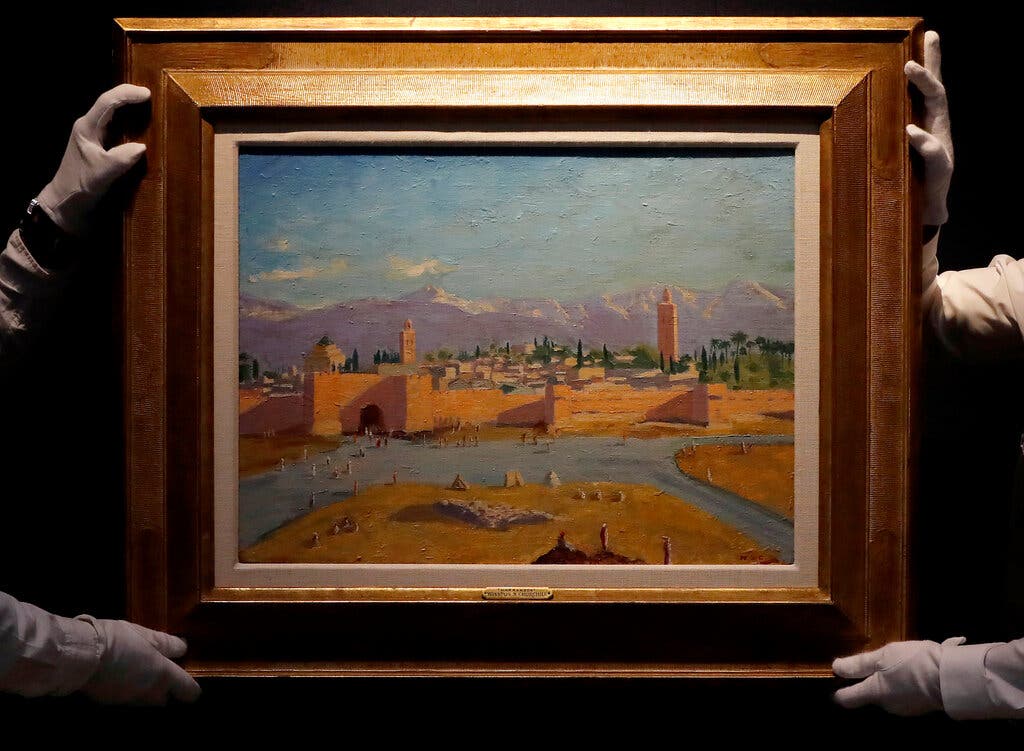Reporting the tragic news of the earthquake in Marrakeсh (also spelled Marrakesh) in 2023, the media called this city a ‘major cultural center’. These words have not only a local meaning. Marrakeсh is an important part of the history and culture of Morocco, but this city is rather famous in the world, too.
It is known that Winston Churchill was fond of painting but not everyone knows why he began to paint and what place on the Earth attracted him as a painter most of all. After the military campaign he developed to capture the Turkish Dardanelles and Bosphorus straits failed during the First World War, Churchill was forced to leave the British Cabinet. He felt so depressed that his wife had a fear of a sad outcome. Together with the wife of Churchill’s younger brother, they decided to find something that would distract Winston from gloomy thoughts. Watercolor painting became a way out. But he also needed a secluded place for creating his paintings so that nothing would draw him away from his hobby. Churchill chose Marrakech and immediately ‘fell in love with’ the city. This is how the first paintings of Marrakech and its environs appeared. During the Second World War, events again brought Churchill - this time as the Prime Minister of Great Britain - to North Africa. Allied troops landed in Morocco, and Churchill and Roosevelt met in Casablanca to make a decision about the future of France and its colonies. When the meeting ended, Churchill emphatically told the American president that he could not leave Morocco without visiting Marrakech and seeing the sun set over the Atlas Mountains. During this trip, Churchill showed his favorite city to Roosevelt and also took up his painter’s brush for the first time during the entire war. He gave the painting to Roosevelt. At first, the painting by Churchill was on the wall in the White House, then the president’s son inherited it. Later on, the painting was bought by Angelina Jolie who sold it at the Christie’s auction in London in March 2021 for $11.6 mn. In total, Churchill painted at least 500 paintings with landscapes from various parts of the Earth - from France to Jamaica, but only Marrakech became a place where he returned over and over again.
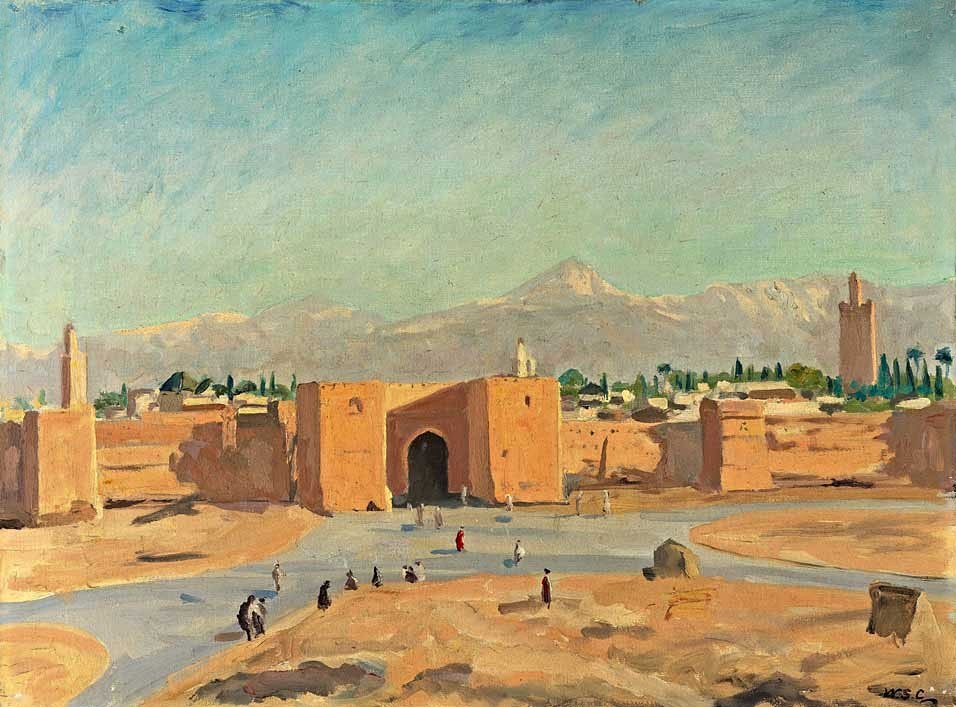
There were several earthquakes in Marrakech. Unfortunately, there were victims and losses during the last one. And there is something to lose in Marrakech as the city has a huge heritage because it is one of the four historical capitals of the country. And what a capital it was! In the 11th century, Marrakech was called the ‘Baghdad of the West’ because, in addition to the palaces and other splendid buildings, it was the center of a huge empire stretching from Senegal in Africa to Zaragoza (Saragossa) in Spain. Moreover, foreigners even gave the name to the country after the name of this city (though, distorting it) - Morocco; but it sounds completely different in Arabic like al-Maghrib al-Aqṣá (The Farthest West), or simply Al-Maghrib.
Today, the total destruction and damage caused by the earthquake in 2023 are known. The ancient quarters - the so-called ‘medina’ - have been severely damaged; there are many traditional houses on narrow exotic streets in ‘medina’, inaccessible to cars but accessible only to agile porters with carts, and there were also many cozy tourist hotels. Earlier, these carefully restored houses were real pearls, ‘time machines’ that took their guests to other epochs and another civilization; not to mention the delicious breakfasts and dinners on the flat rooftops surrounded by a lot of other rooftops in the ‘medina’.
Only one most significant monument was damaged. The whole world watched with bated breath on TV the swaying 70-meter minaret of the Al-Kutubiya (or Kutubiyyin) Mosque, the iconic building of the entire Arab West built in the 12th century as the main symbol of Marrakech. This is a ‘twin tower’ of the Giralda, the bell tower of Seville Cathedral in Seville, Spain (both towers were built almost at the same time during the Almohad dynasty) and it is of the same significance for Marrakech as the Eiffel Tower for Paris. Fortunately, the minaret was not damaged; the architects, thank God, did their best. But the inspection showed that there were still some cracks.
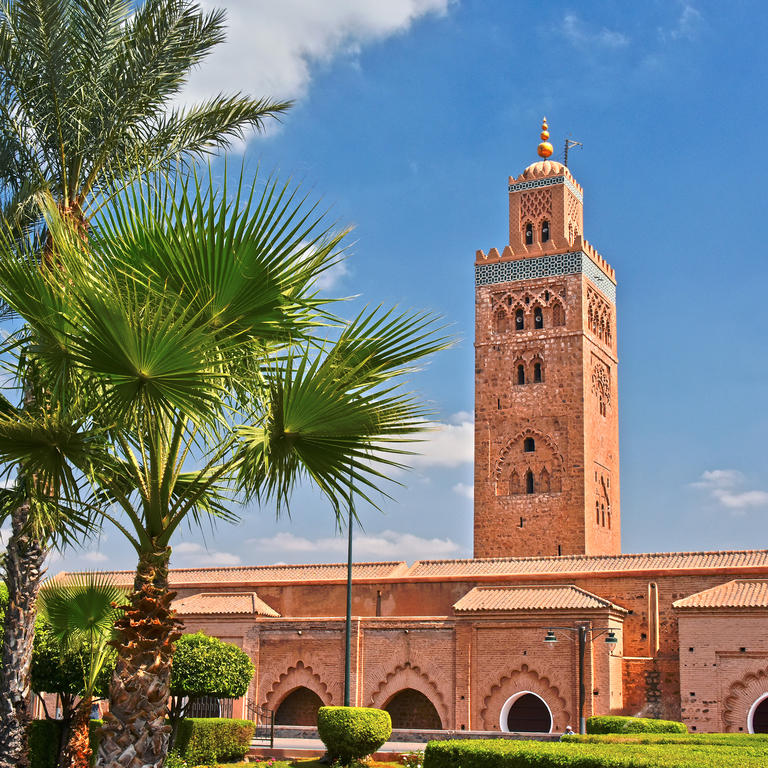
The minaret of an ancient Kharbuch mosque (10th century) collapsed. It was located in the main square of Jamaa al-Fna (also Jemaa el-Fnaa). The Dar Si Said Palace (19th century) where the carpet weaving museum is located was also damaged. The famous red fortress walls of Marrakech were partially damaged.
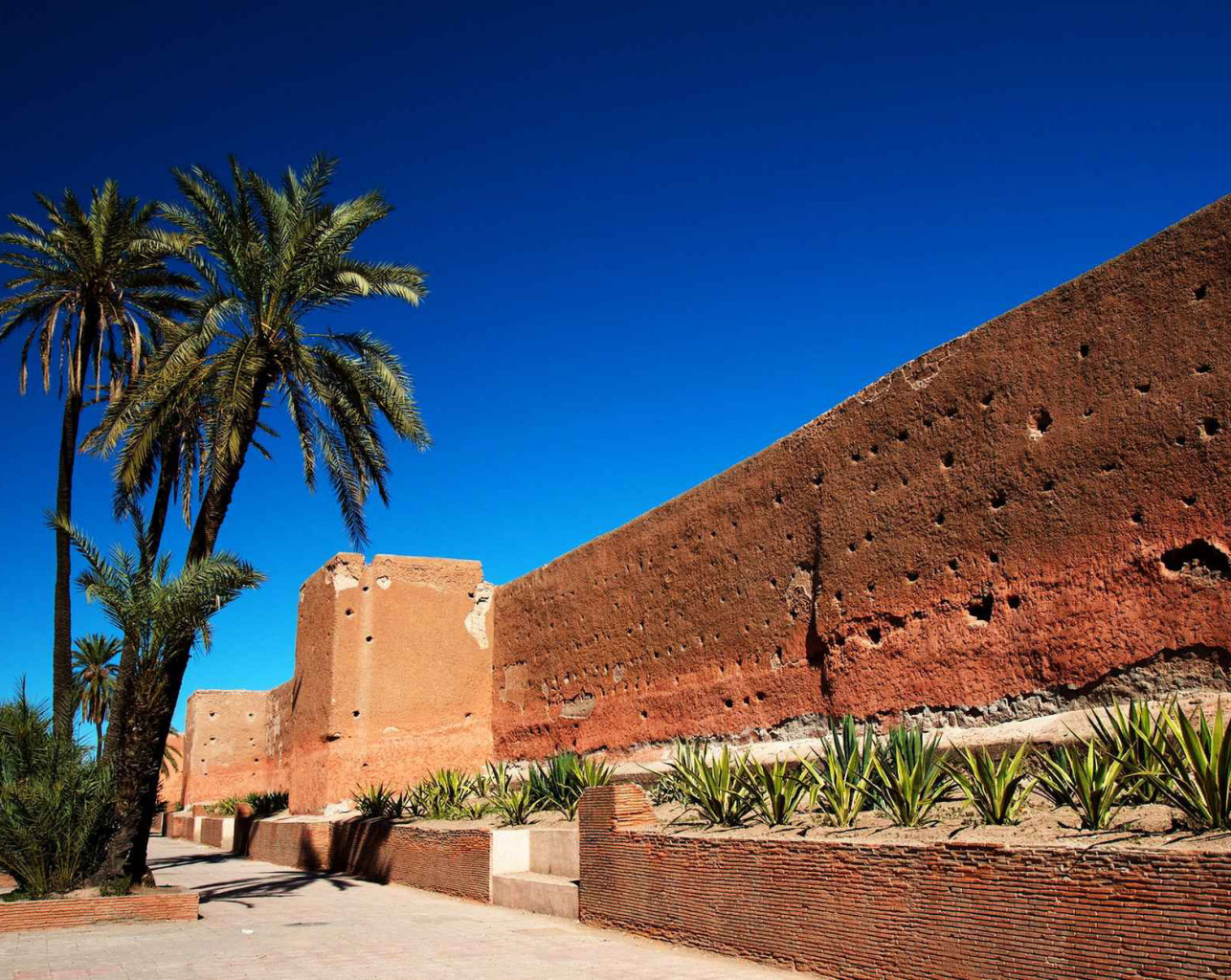
There is a watercolor drawing of these walls made in 1928 by Zinaida Serebryakova who was of the Russian origin.
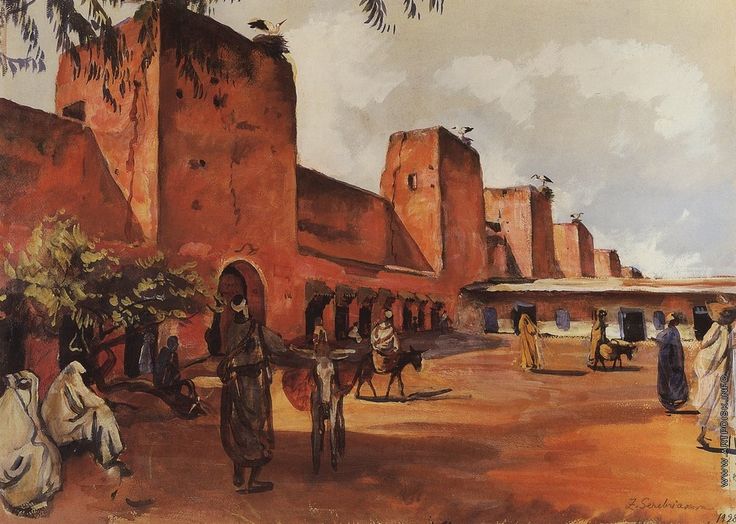
Having emigrated to France after the 1917 revolution, she led a miserable life in poverty until a Belgian baron who owned plantations in Morocco arranged her travel to Marrakech, with the condition that Zinaida would paint nude portraits of local women (and she had to do this at a time when none of local Arabic women agreed to pose for painters even wearing a hijab!). But Zinaida managed to free the Moroccan women from a ‘magic spell’, and the trip to Marrakech became the painter’s time to shine, her European triumph.

The magic of Marrakech inspired many talented people and the 20th century gave an unusual attraction to Marrakech. French painter Jacques Majorelle came to Morocco in 1917 to be cured of tuberculosis (the Marrakech’s climate is ideal for this). He was fascinated by the nature of these places and decided to create a one-of-a-kind garden in Morocco. In 1923, he bought a plot of land on the outskirts of the city where he built a villa and laid out an amazing garden around his villa with plants brought from five continents. For his villa, he designed the tile patterns and used mainly blue paints to decorate the interior of his house. The blue color that dominates the design of the garden is called ‘majorelle’ in Morocco. When the painter died, the garden began to fall into disrepair, and there were proposals to build a hotel on this area. Fortunately, the legendary couturier Yves Saint Laurent bought the estate of Jean Majorelle, and Marrakech became his second home. It is difficult to say whether this is true or not, but the street where the garden is located is named not after Majorelle, but after Saint Laurent.

Paying tribute to the talents of the creators of the wonderful city that appeared many centuries ago on the edge of the desert, designers of our time honestly admit that they draw inspiration from the exotic original environment and unusual impressions that Marrakech gives. This word has already become a brand in the modern building materials. ‘Marrakesh’ is a special paint for decorative finishing. It contains fine sand and is called the ‘door to a desert’. There is also a collection of luxury wallpapers ‘with stunning shapes and patterns that turn ordinary plain walls into an oasis of splendid décor’. We cannot but hope that over time, the city will heal the ‘wounds’, although it is clear that this will take long and require enormous effort.

